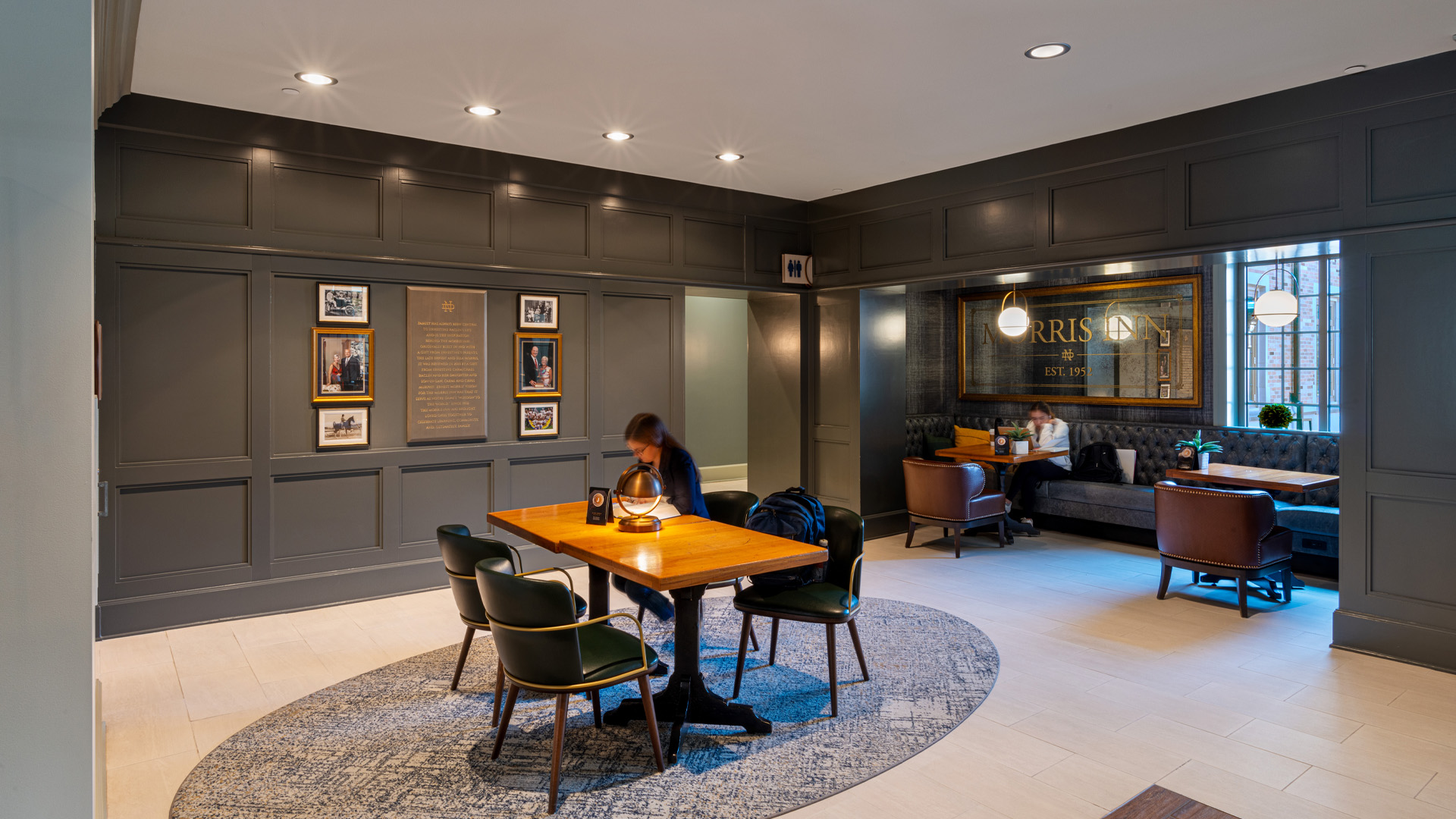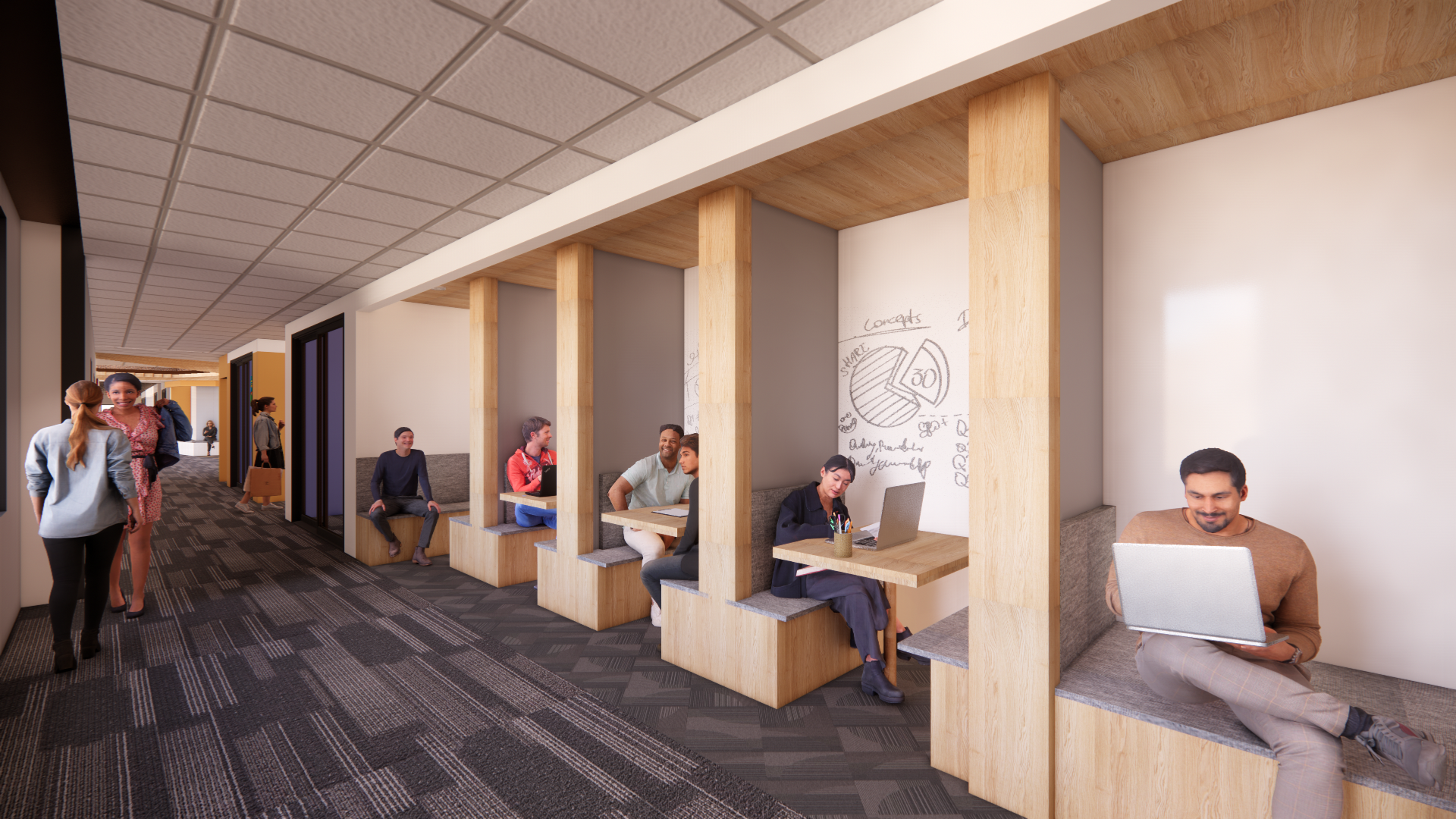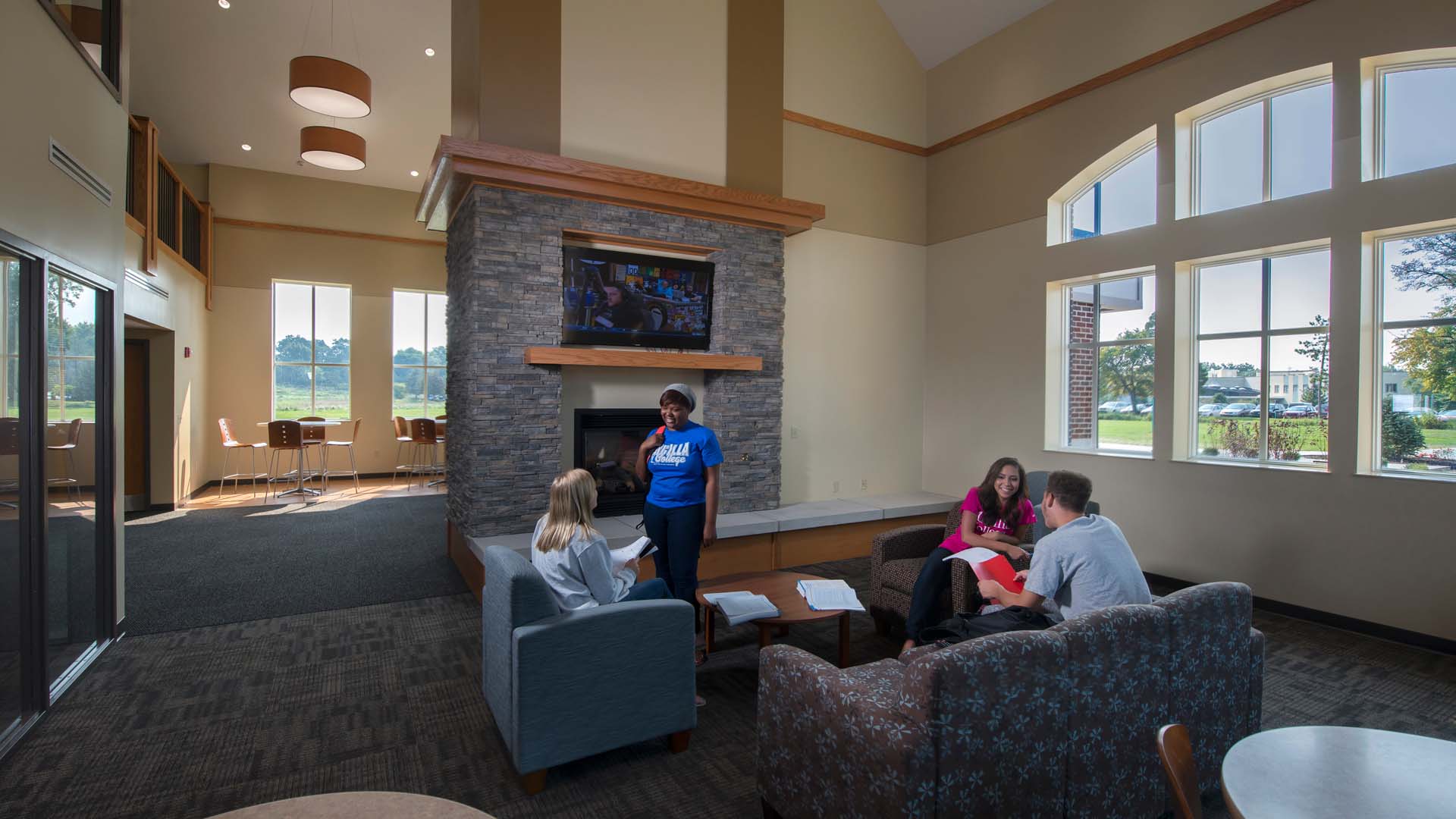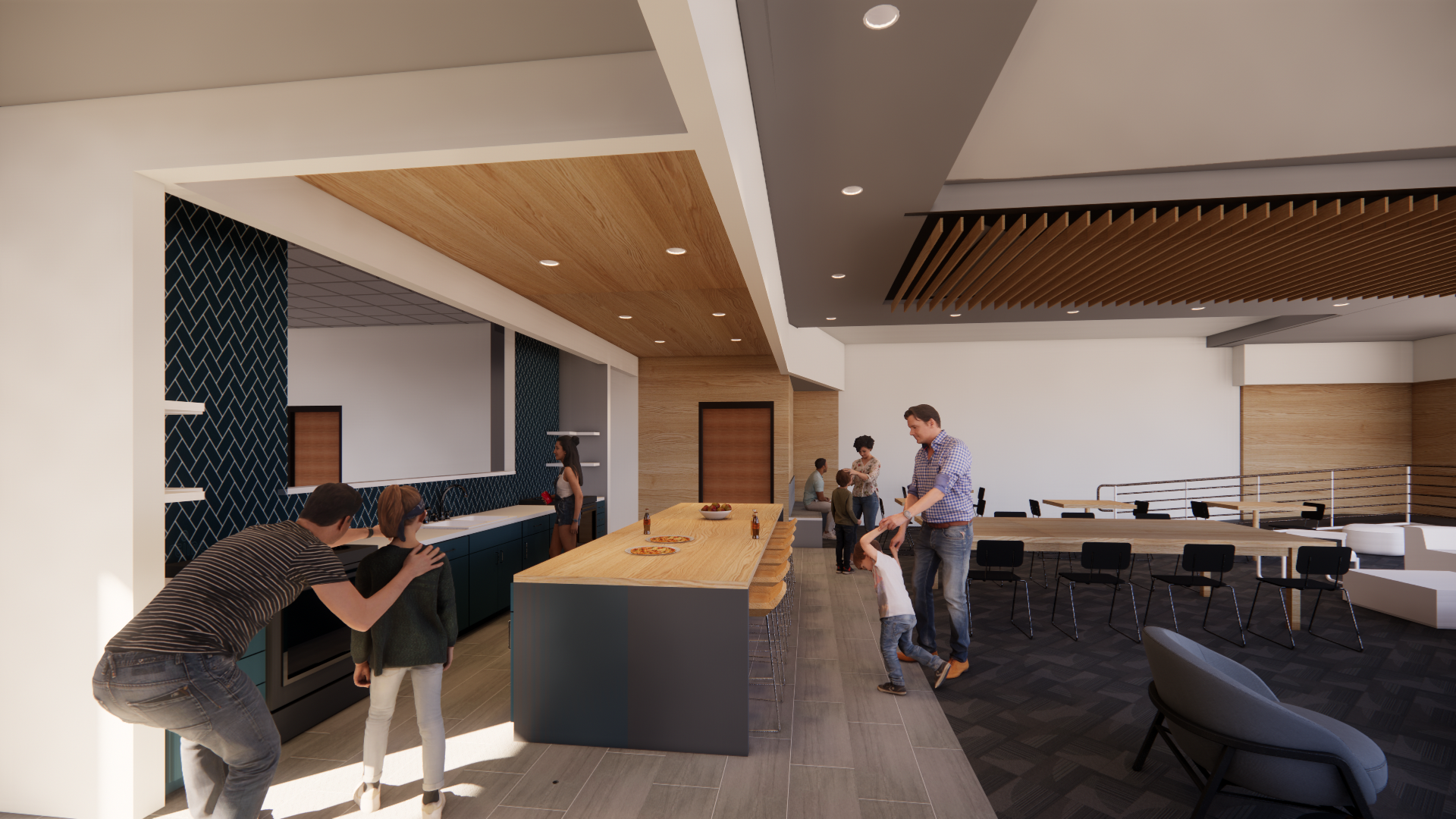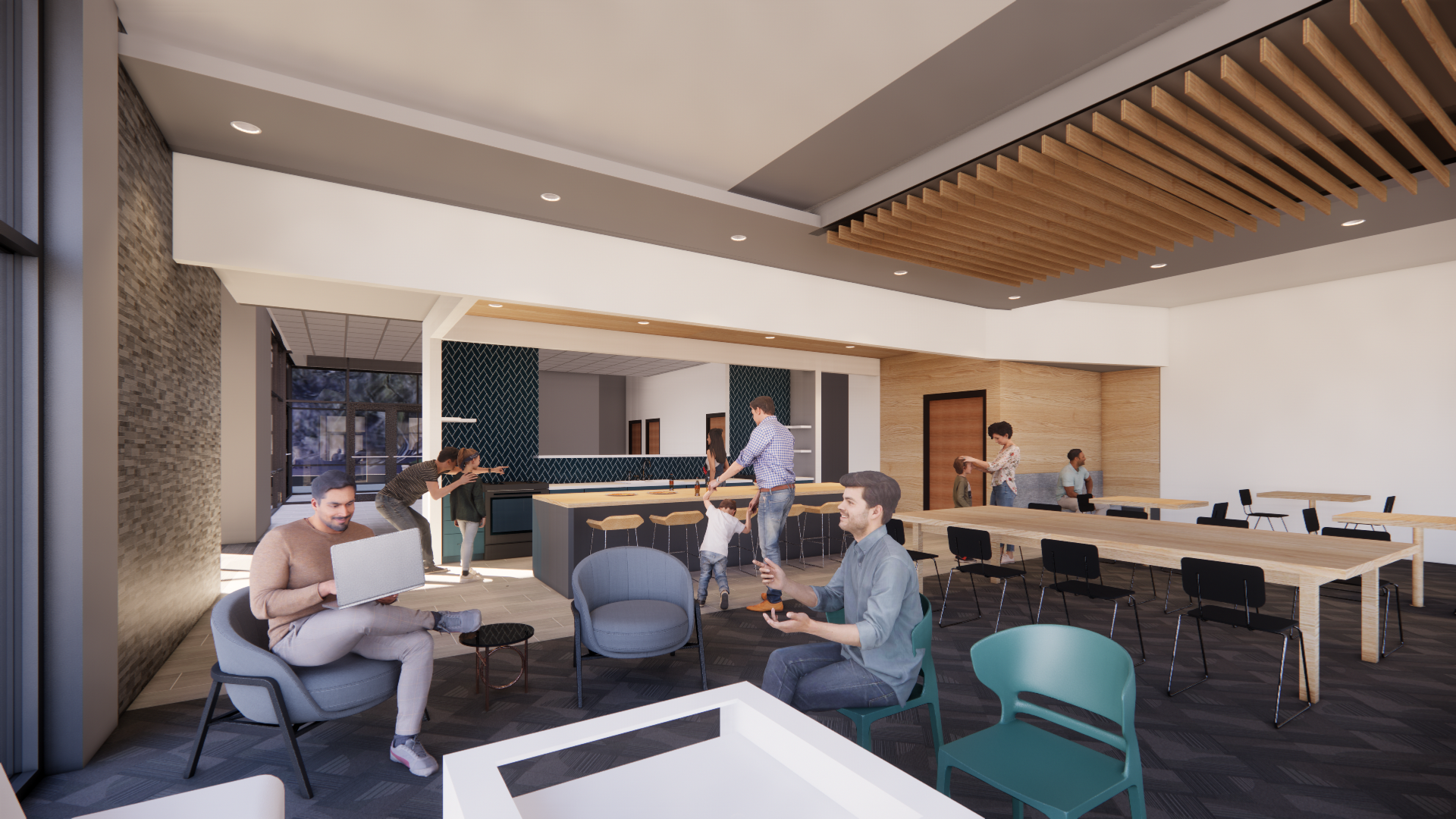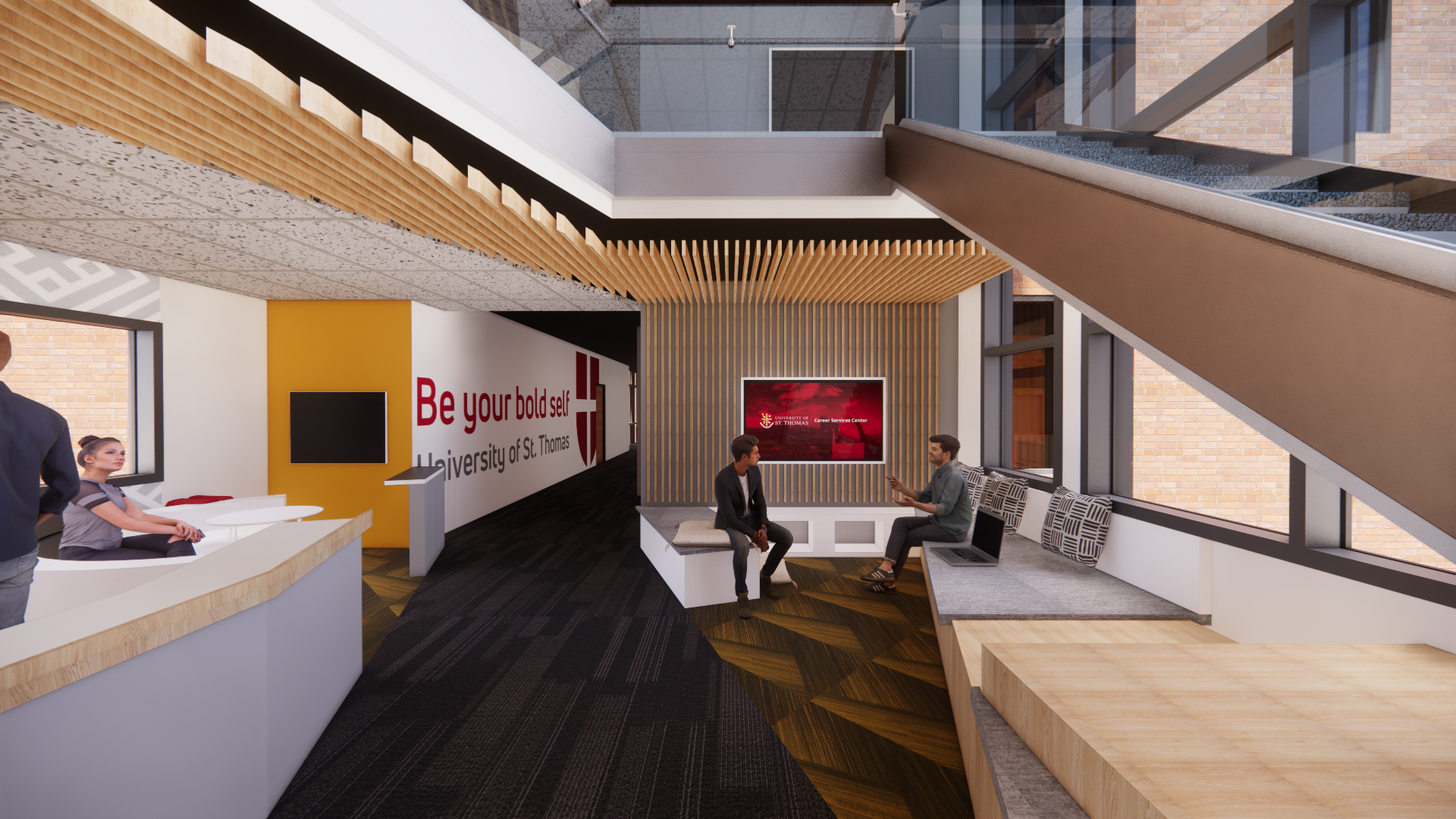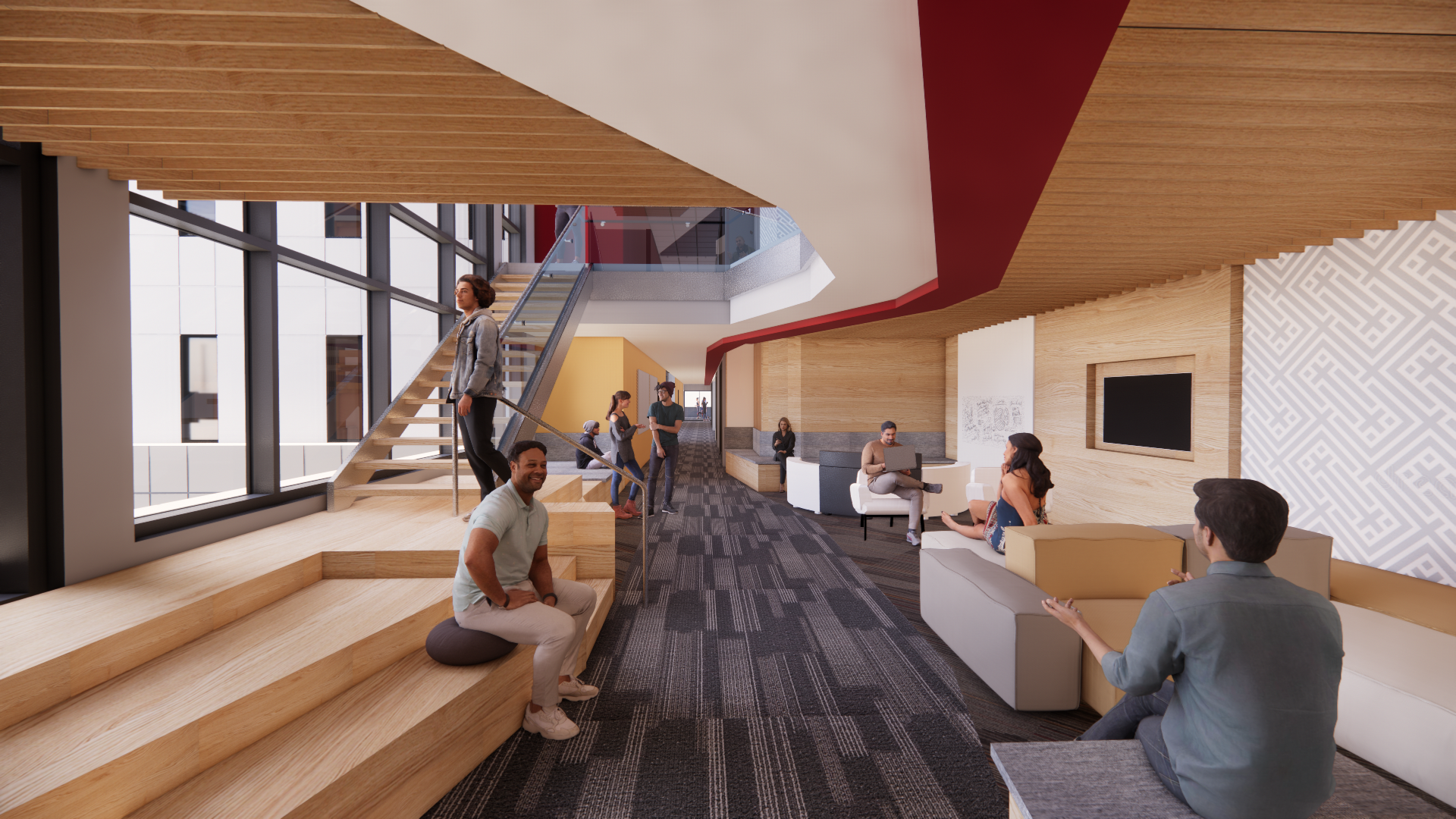First-Gen First: Education Design for the First-Gen College Student
By Yogen Solanki, Assoc. AIA
June 3, 2022Post Tagged in
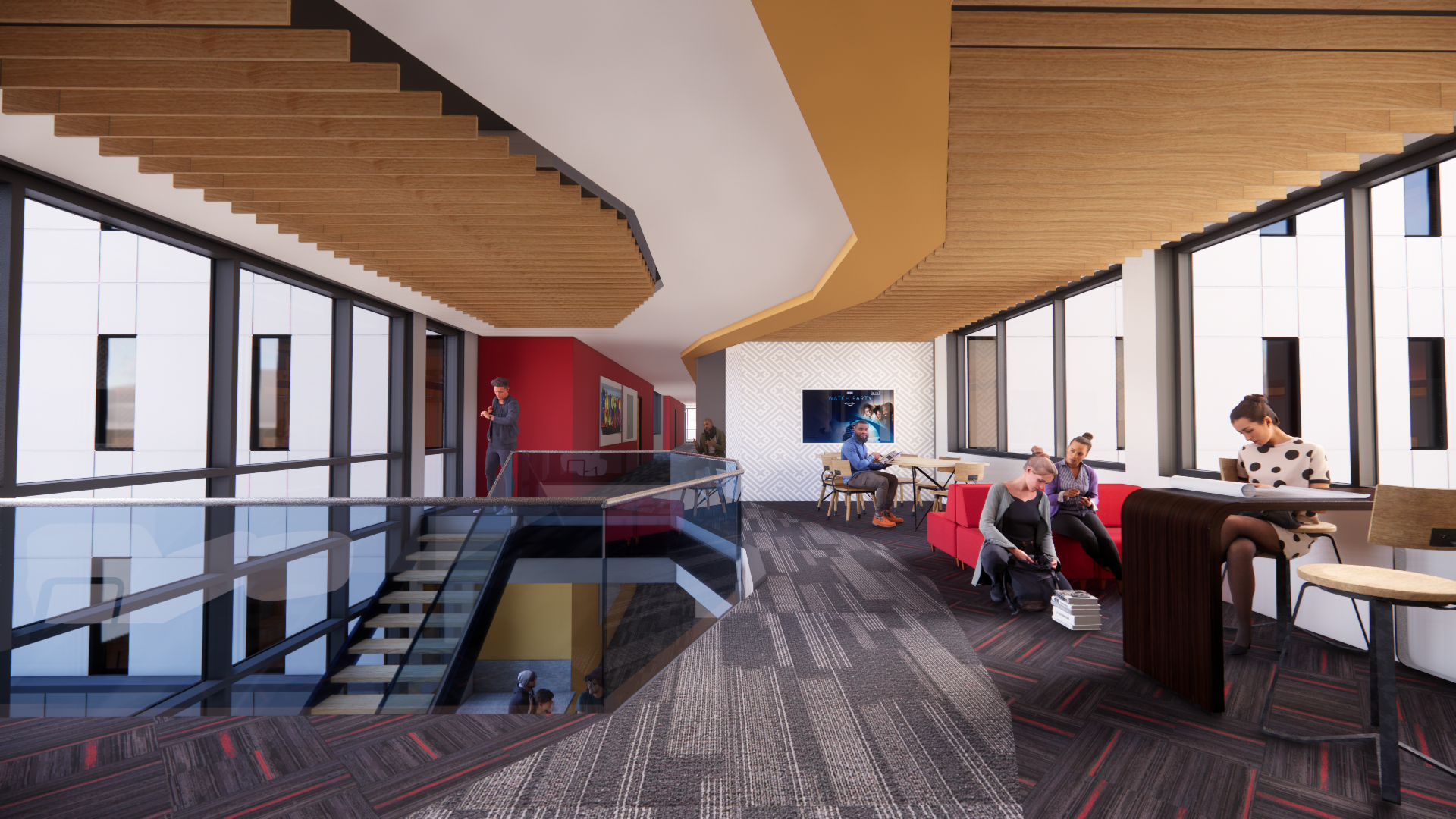 |
College is a time for aspiring students to discover their identities, develop a career pathway, and find their place in the world. The transition from living at home through high school to living on-campus in college can be a difficult endeavor for any student. However, without familial mentors or advisors who have successfully navigated these onerous steps before can be an impossible undertaking. As a first-gen student, I couldn’t rely on my parents or family members to forge my future, I had to design and build it myself. From applying for financial aid to finally reaching academic success in the form of a professional degree, the journey was an uphill battle. |

